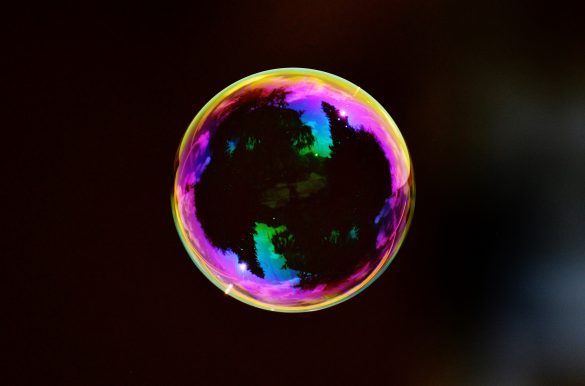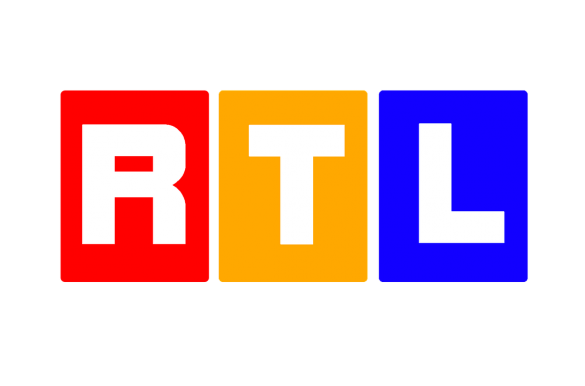The Pandemic is Widening a Corporate Productivity Gap
by
December 01, 2020HBR StaffSummary.
Drawing on research from consulting firm Bain & Company, this article suggests that the pandemic has widened the gap between top performers and other companies in terms of the three main productivity drivers: people’s time, their talent, and their energy
During the Covid-19 pandemic, most businesses have adopted new ways of working. Many employees have gone remote, interacting with customers and coworkers virtually. Others continue to go to a workplace each day, but perform their jobs very differently. Everyone is doing their best. But how productive have companies actually been during the pandemic relative to where they were before Covid-19?
The short answer: It depends on the company. Some have remained remarkably productive during the Covid-era, capitalizing on the latest technology to collaborate effectively and efficiently. Most, however, are less productive now than they were 12 months ago. The key difference between the best and the rest is how successful they were at managing the scarce time, talent, and energy of their workforces before Covid-19. Companies that were stars before the pandemic have continued to shine. Those with less stellar performance have struggled mightily.
To elaborate, in our 2017 book Time, Talent, Energy: Overcome Organizational Drag and Unleash Your Team’s Productive Power we demonstrated that three factors best explain the relative productivity of large organizations:
- The time each employee has to dedicate to productive work each day, without distraction from excessive e‑communications, unnecessary meetings, or bureaucratic processes and procedures;
- The talent that each worker can bring to their job and, importantly, how an organization’s best talent is deployed, teamed and led; and
- The discretionary energy each employee is willing to invest in their work and dedicate to the success of the company, its customers and other stakeholders.
The companies that are the very best at managing scarce time, talent and energy — that is, the average of the top quartile of companies in our research — are 40% more productive than the rest (the average of the remaining three quartiles). This enormous productivity gap is a key source of competitive advantage for the very best companies.
Covid-19 has affected all three drivers of workforce productivity — time, talent and energy. But the best have felt the impact very differently from the rest.
The best companies have minimized wasted time and kept employees focused; the rest have not.
Companies that were already collaborating effectively and working productively before the pandemic have remained productive during lockdowns and other disruptions. Stay-at-home orders liberated time previously spent commuting and created flexibility in work schedules, enabling many employees to devote additional time to their jobs. One recent study conducted by Raffaella Sadun, Jeffrey Polzer and others, which included an analysis of emails and meetings for 3.1 million people in 16 global cities, found that the length of the average workday increased by 48.5 minutes during lockdown in the early weeks of the pandemic. In highly productive organizations, employees have capitalized on new technologies to stay connected with customers and coworkers during this time. We estimate that the best organizations have seen productive time increase by 5% or more.
For companies that struggled to collaborate productively before the pandemic, work-from-home orders only made matters worse. To begin with, the time consumed in virtual meetings exploded. Researchers at Harvard Business School and New York University found that the number of meetings increased during the pandemic by 12.9%, on average, and the number of attendees per meeting grew by 13.5%. While the average length of meetings declined, the total time consumed by meetings increased substantially. Sadly, for most organizations, this investment of additional time yielded very little. The Harvard Business School and New York University data is consistent with what we have observed at many companies: Poor collaboration and inefficient work practices have reduced productive time by 2% to 3% for most organizations.
The best have capitalized on changing work patterns to access difference-making talent.
Exceptional talent ― people with the ability to bring creativity and ingenuity to their work ― is a scarce and valuable resource. Our research suggests that the best companies are 20% more productive than the rest due to the way they acquire, develop, team, and lead scarce, difference-making talent.
The pandemic has had both positive and negative impacts on talent as a source of productivity. Remote work has created opportunities for organizations to access talent that may have been out of reach prior to Covid-19. Physical proximity to work is no longer a primary factor in determining the pool of available labor for most companies. Software development or big data analytics can be done as effectively from Cedar Rapids as from San Jose. The best companies are capitalizing on new and different sources of talent to build the capabilities they will need to win in the future.
Remote work has also enabled an organization’s most skilled workers to engage virtually in a broader range of initiatives and teams than they could physically — multiplying the influence these individuals have on performance. For the best companies, we estimate that Covid-19 may have had a small positive impact on productivity.
Most companies have struggled to tread water during the pandemic. A dearth of demand for products and services has kept them out of the labor market, unable to capitalize on opportunities to acquire new talent. Meanwhile, their current employees have faced mounting pressures at home, as they juggle work and family. As a result, some organizations have seen many of their star performers leave the workforce — at least temporarily — reducing overall productivity. We estimate that Covid-19 has had a slight negative impact on most companies’ ability to attract, retain, and manage top performers, leading to a slight decline in overall productivity.
The best have found ways to engage and inspire their employees.
Employee engagement and inspiration matter. According to our research, an engaged employee is 45% more productive than a merely satisfied worker. And an inspired employee — one who has a profound personal connection to their work and/or their company ― is 55% more productive than an engaged employee, or more than twice as productive as a satisfied worker. The better an organization is engaging and inspiring its employees, the better its performance.
Of the three productivity factors, Covid-19 has hit energy the hardest. Research by Achievers Workforce Institute suggests that most organizations have struggled to engage their employees during the pandemic. Logically, then, productivity is likely to have fallen considerably for most companies.
Not every organization has seen employee energy levels decline. Executives from Adobe, for example, have told us that they have found ways to keep people engaged throughout the pandemic. The company was one of the first anywhere to issue a “no lay-off pledge” — easing employee concerns and signaling the company’s unwavering commitment to its workforce. In March — just days into shelter-in-place — senior leadership began conducting virtual town halls, from their homes, to keep employees informed about the spread of Covid-19 and Adobe’s response. Shortly thereafter, the company launched a weekly video series called “Take Five” to help its employees keep abreast of important Covid-19 and business updates, along with tips from fellow employees (e.g., chef’s from the company’s cafeteria shared ideas for how to cook great meals with canned goods on hand).
As Covid-19 and work-from-home orders persisted, regular pulse-check surveys revealed that employees were growing tired, balancing the new realities of work and home. In response, Adobe gave all employees an extra day off — the third Friday of each month — to unplug and recharge. The combination of these — and many other — efforts has enabled Adobe to tap into the discretionary energy of its workforce during Covid-19. In fact, engagement scores at Adobe, according to the company, have actually increased since the beginning of the pandemic.
***
The productivity gap between the best and the rest has widened during the pandemic. We estimate that the best companies — those that were already effective in managing the time, talent, and energy of their teams — have grown 5% to 8% more productive over the last 12 months. Additional work time, access to new star talent and continued engagement have bolstered productivity at these companies. Most organizations, however, have experienced a net reduction in productivity of 3% to 6% (or more) due to inefficient collaboration, wasteful ways of working, and an overall decline in employee engagement.
The impact of this widening gap is significant. If the best were 40% more productive than the rest before the pandemic (as our research suggested back in 2017), then they may be greater than 50% more productive now. This boost should enable these organizations to out-team, out-innovate, outgrow, and outperform their competitors for many years.
From HBR Store
- Sales Management That Works: How to Sell in a World that Never Stops ChangingPress Book32.00View Details
- Data Analytics CollectionBundles105.00View Details
Read more on Motivating peopleor related topics Productivity,Talent management and Time management
- Eric Garton is a partner in Bain & Company’s Chicago office and leader of the firm’s Global Organization practice. He is coauthor of Time, Talent, Energy: Overcome Organizational Drag and Unleash Your Team’s Productive Power(HBR Press, March 2017).
- Michael Mankins is a partner in Bain & Company’s San Francisco office and a leader in the firm’s Organization practice. He is a coauthor of Time, Talent, Energy: Overcome Organizational Drag and Unleash Your Team’s Productive Power (Harvard Business Review Press, 2017).








